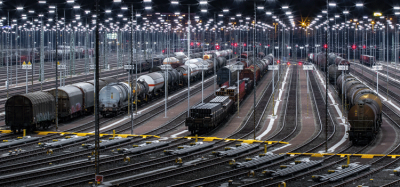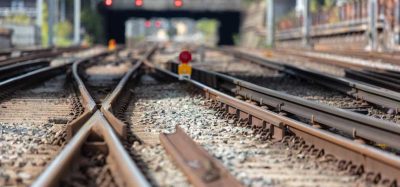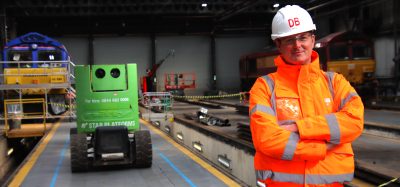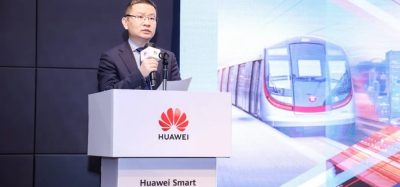Thales and Knorr-Bremse sign freight train automation MoU
Posted: 4 November 2022 | Elliot Robinson (Editorial Assistant - Global Railway Review) | No comments yet
Thales and Knorr-Bremse are cooperating to develop automated features for the Digital Freight Train.


Representatives from Knorr-Bremse and Thales signed the partnership agreement. Credit: Thales
Knorr-Bremse and Thales have signed a Memorandum of Understanding (MoU) to cooperate on the development of Automatic Train Operation (ATO) solutions for locomotive-hauled freight and passenger trains.
ATO will greatly assist train drivers in their daily work and thus help to counter the sector’s looming staff shortages, as well as improve rail freight’s efficiency, punctuality, and competitiveness.
ATO: making rail freight more efficient
“In our industry, Automatic Train Operation is a key lever for making rail freight more efficient and more available, increasing transportation capacity, and further optimising lifecycle costs for operators”, Dr. Nicolas Lange, Chairman of the Management Board of Knorr-Bremse Rail Vehicle Systems, said. “Our partnership agreement with Thales has enormous potential for bringing about the innovations required to enable safe and smooth Automatic Train Operation and thus improve, for example, energy efficiency and punctuality.”
“Full autonomy is still a work in progress, although the necessary technologies are maturing rapidly. ATO is one of them, as a necessary step toward achieving fully autonomous driving,” Dr. Yves Joannic, Vice President Main Line Signalling and Managing Director Ground Transportation Systems at Thales Germany, said. “Thales has a clear vision for autonomy and is pleased to partner with Knorr-Bremse, a leading company in braking systems and other mission-critical train systems, with the aim of accelerating the development of automated train functions in the freight market.”
Related news you will enjoy:
East Coast Digital Programme complete ETCS testing for Class 43 train
Thales begin signalling installations contract for Valladolid East Bypass
ATO: delivering multiple benefits for the freight sector
ATO will deliver multiple benefits for the rail freight sector. These include anticipated gains in efficiency and capacity, energy savings, performance enhancements and better punctuality. Train punctuality in particular (Estimated Time of Arrival) depends on smooth, consistent train driving based on factors such as track characteristics, topography, and surrounding traffic, as well as train-specific parameters such as load, which influences traction and braking performance.
While many of these criteria are still monitored manually, digital and automated functions will significantly improve how they are tracked and utilised. By using sensor-based, real-time data, for example, new features will be able to deliver intelligent insights to train drivers and devise optimal driving strategies. Therefore, the smart interaction of the expertise of the two companies will be crucial. Especially in existing fleets, ATO will support drivers in their daily work. Among other advantages, this will help to counter looming staff shortages in the rail freight business.
In respect to 2030 climate targets such as reducing transportation emissions by at least 18 per cent (European Commission, 2020), upgrading the rail freight sector is imperative for shifting large amounts of freight from trucks and airplanes to green, rail-based transportation. Rail consumes 12 times less energy and emits up to 11 times less CO2 per passenger/tonne kilometre compared with cars and trucks.
Related topics
Automatic Train Operation/Autonomous Train Control (ATO/ATC), Cargo, Freight & Heavy-Haul, Operational Performance, Sustainability/Decarbonisation, Technology & Software








